The Indian party system has evolved through various distinct stages since independence, reflecting changes in political dynamics and societal needs. From the dominance of the Congress Party in the Nehruvian era to the rise of regional parties and the emergence of coalition politics, each phase has shaped the current political landscape. The transition from a multi-party system to a resurgence of one-party dominance under the BJP illustrates the ongoing evolution of political affiliations in India.
Enroll now for UPSC Online Course
Evolution of Indian Party System
| 1952-64 : The Nehruvian Era of National Consensus
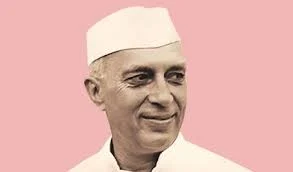
|
- Dominance of the Congress Party: During this era, the Congress Party remained the only dominant party, leading to its designation as the “Congress System.”
- Inclusivity and Representation: The Congress Party evolved to represent various communities and sought the interests and ideologies of the people.
- Role of Smaller Parties: While various smaller parties were competing, they primarily acted as pressure groups rather than significant political players.
|
| 1964-77: Emergence of Indira Gandhi and Regional Party
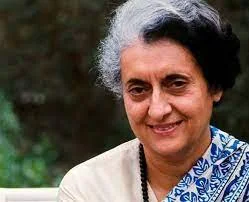
|
- Challenges for the Congress Party: After the death of Nehru, elections of 1967 posed a challenge for the Congress party, as it failed to secure majorities in eight states.
- Rise of Regional Parties: During this era, Regional parties started to grow all over the country, and there was power struggle within the Congress, they performed very low as per their expectation.
- Indira Gandhi’s Ascendancy: Thereafter, the party split in 1969 and Indira Gandhi achieved its supremacy both in the party as well as the government.
- Movements Against Corruption: The great leaders during that time like Morarji Desai in Gujarat and JP (Jaiprakash Narain) in Bihar carried out a successful movement against Congress for corruption and arbitrary rule.
- The Emergency of 1975: This movement reached its zenith in 1975 when Indira Gandhi for the first and only time in Indian history when an internal emergency was imposed.
|
| 1977-80: Era of Multi-party System and Inter-Party Conflict |
- Emergence of the Janata Party: In 1977, the Janta Party emerged due to the Coalition of parties, which led to the rise of a Multi-Party System in India.
- Coalition Against Congress: Various smaller parties had come together to fight against the Congress dominance rather than their consensus of ideologies.
- Decline of the Janata Party: Consequently, due to lack of coherence in their policy ideologies led to the fall of Janata party and congress again gained power in 1980.
|
| 1980-89: Era of Tussle Between The Congress and Regional Parties and also use of President Rule.
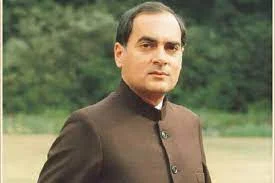
|
- Strengthening of Regional Parties: During this period, the regional parties were strengthening and played a more assertive role for centre politics.
- Emergence of the Telugu Desam Party: At the eighth Lok Sabha Elections which happened in 1984, the Telugu Desam being a regional party of Andhra Pradesh emerged as the main opposition party.
|
| 1989 to 1996: Multi-party System and Coalition politics
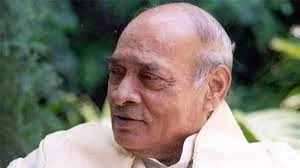
|
- Formation of Coalition Governments: After the death of Rajiv Gandhi, coalition governments were formed, lasting nearly twenty-five years due to corruption cases like the Bofors scandal and economic crises.
- Compulsions of Coalition Politics: This period was characterized by the complexities and challenges of coalition politics.
- Emergence of ‘Rainbow’ Coalitions: The growth of regional parties led to the formation of ‘rainbow’ coalitions, which, much like rainbows, were often short-lived.
|
| 1996-1999: The Period of 3 General Elections
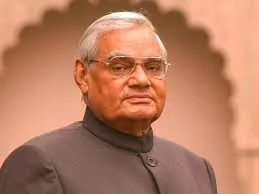
|
- Three General Elections and Coalition Government: This period saw three general elections and also a coalition type of government.
- Policy Paralysis and Decision-Making Delays: There was policy paralysis and delay in bills, decision making and its implementation.
- Caste and Community-Based Politics: The north India politics was based on vote banks based on caste and community.
- Regional Parties as Moderating Forces: The Regional parties were serving as a moderating force for national parties.
- They filled the vacuum for protecting minorities.
- Empowerment of Regional Parties and Federalism: The coalition politics has empowered the regional parties for true federalism in the way of India’s search, which paved for ‘electoral federalism’.
- Rise of Regional Parties in National Power: During this period, twenty-three regional parties shared power at the national level, reflecting a strong sense of Indianness as a federal unifier.
|
| 2014 to Now: Resurgence of One-party System

|
- Resurgence of Single-Party Dominance: During the last two general elections i.e. 2014 and 2019, there has been a single-party dominance of the BJP Party for getting the full majority, which had broken the last 25 years of compulsions of coalition politics.
- Changing Centre-State Relations: Although this government has been formed from alliances of various regional parties, its outlook has been changing with respect to Centre-state relations.
- Current Challenges in Centre-State Relations: Currently, the financial problems have been the main bone of contention for the Centre-State relations.
- At present, it has been observed that the regional parties are also looking towards the process of national integration and nation-building.
|
Enroll now for UPSC Online Course
Conclusion
Today, the Indian party system is marked by the interplay between national and regional parties, with a significant shift towards single-party dominance in recent years.
- Despite challenges in Centre-State relations, regional parties are increasingly participating in national integration efforts.
- This journey highlights the resilience of India’s democracy and the continuous adaptation of its political parties to meet the aspirations of its diverse population.
Sign up for the PWOnlyIAS Online Course by Physics Wallah and start your journey to IAS success today!

 GS Foundation
GS Foundation Optional Course
Optional Course Combo Courses
Combo Courses Degree Program
Degree Program

















